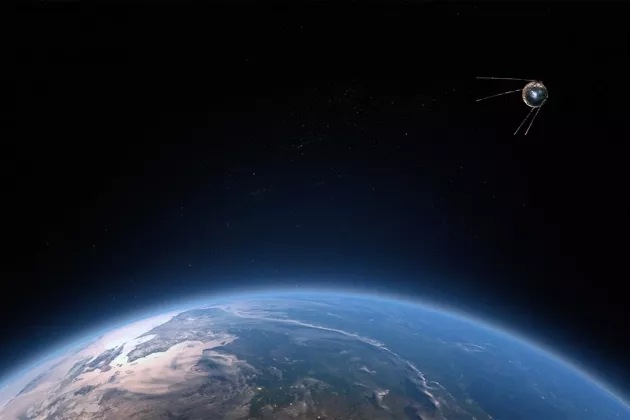Feb
Studying the earth with satellite data with Compton “Jim” Tucker from NASA/Goddard Space Flight Center

Lund University Centre for Sustainability Studies is hosting a guest lecture with Compton “Jim” Tucker from NASA/Goddard Space Flight Center in the USA. He specialises in studying the earth with satellite data, and was among the first to use these techniques.
Title: Almost 60 Years of Satellite Earth Science Observations: From classified Corona satellite photography & Landat-1 to MODIS to Sentinel-2 and commercial satellite data in the 21st century.
About Jim Tucker
Jim Tucker specializes in studying the earth with satellite data. He was among the first researchers to employ coarse-resolution satellite data to exploit the time domain for studying global photosynthesis on land, determining land cover, monitoring droughts, providing famine early warning, and predicting ecologically-coupled disease outbreaks. He has also used large quantities of Landsat data to study forest condition, deforestation, and forest fragmentation in temperate, subtropical, and tropical forests; and to study glacier extent.
From 2005 to 2010, he was on NASA detail to the U.S. Global Change Program where he was the co-chairperson of two Interagency Working Groups, for Observations and for Land Use and Land Cover Change. He was active in NASA’s Space Archaeology Program and has conducted ground-based radar and magnetic surveys at Troy, the Granicus River Valley, and Gordion in Turkey, with University of Cincinnati and University of Pennsylvania projects working at these locations from 2001 to 2012. Since 2014, he has been active in mapping land and forest degradation and attempting to quantify arid and semi-arid woody biomass using Landsat, MODIS, and large volumes of commercial satellite data. Recently he counted 9.9 billion trees using 326,000 high-resolution satellite images in the entire Sahel region, from the Atlantic to the Red Sea.
Jim Tucker has published widely (with > 90 000 citations) on all aspects of Earth monitoring since his seminal paper defining the Normalized Difference Vegetation Index (NDVI) in 1978. He has a long history of collaboration with scholars in Sweden and Denmark. In 2014 he was awarded the SSAG Vega Medal by H.M the King of Sweden - ten years after he was awarded a similar medal by the Royal Danish Geographical Society, the Galathea Medal.
About the event
Location:
Ostrom (3rd floor), Josephson building, Biskopsgatan 5, Lund
Contact:
Lennart [dot] olsson [at] lucsus [dot] lu [dot] se